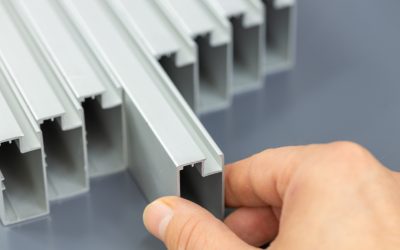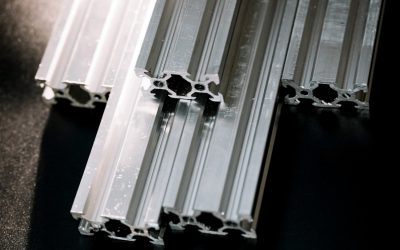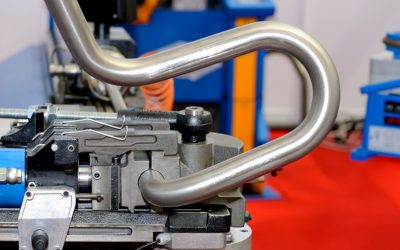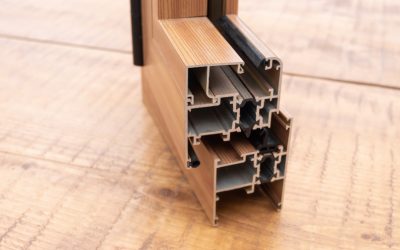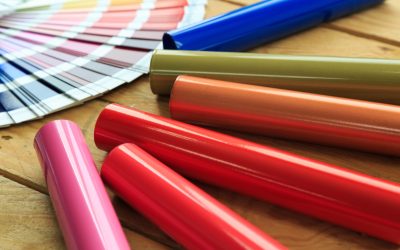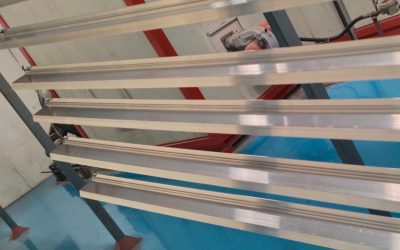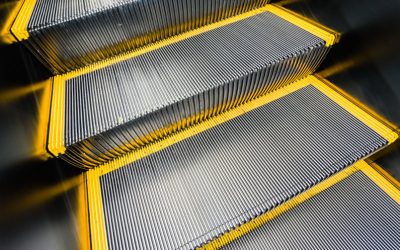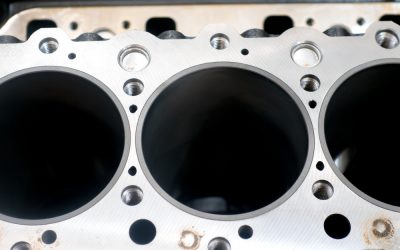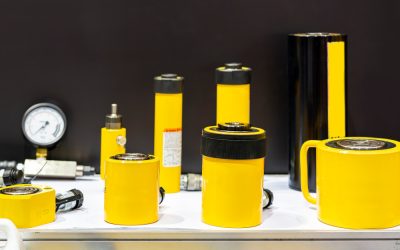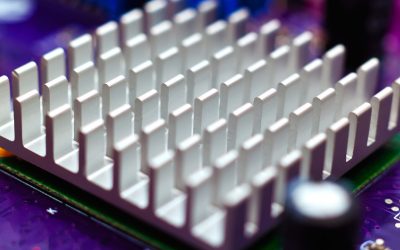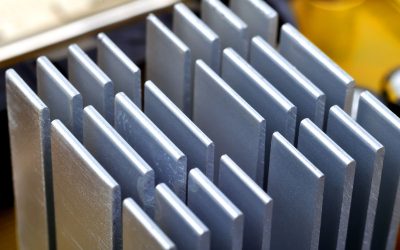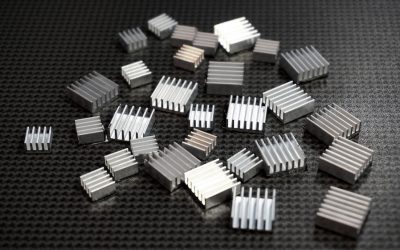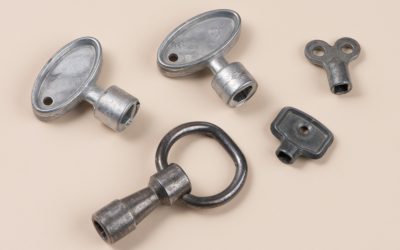Blog - Aluminum Extrusion Articles
Articles on Topics Such as Finishing, Alloys, and MoreAll Categories
Custom Aluminum Extrusions: 5 Important Tips for Engineering Design Success
Aluminum extrusions are versatile, finding use in a wide range of industries and applications. But that diversity of applications also means your supplier’s inventory of standard profiles won’t cover every need. Many product designers encounter unique situations. You...
What are Aluminum Extrusions Used For? Are They a Good Choice for Your Product?
To those who aren’t familiar with aluminum production and manufacturing, aluminum extrusion may seem like a specialized industrial process. Something that isn’t very relatable to the average person. But we are surrounded by aluminum extrusions every day, at home, at...
Aluminum Extrusion Bending: An Overview for Design Engineers
From rails for industrial equipment to automotive applications to bold artistic sculptures and architectural designs, there are plenty of reasons you may want to create curved aluminum extrusions. While the ductility of aluminum makes it well-suited to bending for...
Category: Aluminum Finishing
Extrusions can be finished in a variety of ways, including by anodization, powder coating, painting, sublimation, and so on. This series of articles takes a look at the different options available as well as their benefits and drawbacks.
Wood Grain Aluminum: Giving Your Extrusions or Sheet a Natural Look
Humans have used wood as a building material for thousands of years. While many newer building materials exist in modern times, people still value wood for its warmth, elegance, and timeless appeal. In recent decades, we’ve seen the increased use of aluminum and new...
Can You Powder Coat Aluminum? Is it the Best Finish for Your Product?
Yes, you can powder coat aluminum! In fact, powder coating is one of the most popular aluminum surface finishes for a wide range of products. It provides additional durability to bare aluminum surfaces and comes in a wide range of eye-catching colors. Here we...
What is Alodine Finish, and How Does it Compare to Anodizing?
Aluminum is naturally corrosion-resistant, but when that’s not enough, designers will need to choose a protective aluminum surface finish. Alodining is a popular finishing option for preventing corrosion while still allowing electrical conductivity through the...
Category: Aluminum Alloys
Profiles can be produced in a variety of alloys and some of the most common include 6061, 6063, 2024, and 7075. This series of articles takes a look at some different alloys, focusing on their properties and applications.
518 Aluminum: A Die Casting Alloy With Excellent Finishing Characteristics
518 aluminum is a die-casting alloy that design engineers specify as an alternative to A380. It allows them to cast components with enhanced corrosion resistance that are easy to anodize and machine. Are you interested in 518’s composition, applications, and...
B390 Aluminum: A Die Casting Alloy With Excellent Wear Resistance
B390 aluminum is a die-casting alloy that design engineers specify as an alternative to A380. It allows them to cast components with improved wear resistance. Are you interested in B390’s composition, applications, and suitability for your die-cast part? Read on for...
A413 Aluminum: A Casting Alloy With Excellent Pressure Tightness
A413 aluminum is a die-casting alloy design engineers specify as an alternative to A380, allowing them to cast components with high pressure tightness. Are you interested in A413’s composition, applications, and suitability for your die-cast part? Read on for...
Category: Aluminum Heatsinks
Heatsinks are important in electronics manufacturing because they dissipate the high heat that is sometimes generated. Extrusion is the most common method of heatsink manufacturing. Here are some important considerations.
6 Heat Sink Types: Which One is Best for Your Project?
Whether you’re designing computers, LED lighting, or other electronics, you need to think about heat sinks. Heat sinks absorb and dissipate the heat from these devices, helping to keep them cool. Today we'll talk about some different types of heat sinks, how...
Copper vs. Aluminum Heatsinks: What You Need to Know
Electronic devices can generate a lot of heat. So, heatsinks play an important role in helping to cool them. You may be aware that aluminum is the most popular metal for heatsinks, but that copper is also sometimes used. You may also realize that copper has...
Anodized Aluminum Heatsinks: What You Need to Know
Heat sinks play an important role in electronic and mechanical devices. They act as passive heat exchangers, transferring heat from hot components to a fluid medium (usually air). There are different types of heat sinks. Some are made from copper and some are...
Category: Why Aluminum Extrusions?
Extrusions have played an increasingly important role in modern product design. These articles explore some of the reasons why and provide tips for designers who may be considering their use.
Is Zinc Die Casting the Best Choice for Your Product?
Are you trying to decide on the most suitable die-casting material for your product? This decision is crucial for product performance, durability, and cost-effectiveness. Aluminum is the preferred choice for many casting applications, but zinc also offers unique...
518 Aluminum: A Die Casting Alloy With Excellent Finishing Characteristics
518 aluminum is a die-casting alloy that design engineers specify as an alternative to A380. It allows them to cast components with enhanced corrosion resistance that are easy to anodize and machine. Are you interested in 518’s composition, applications, and...
B390 Aluminum: A Die Casting Alloy With Excellent Wear Resistance
B390 aluminum is a die-casting alloy that design engineers specify as an alternative to A380. It allows them to cast components with improved wear resistance. Are you interested in B390’s composition, applications, and suitability for your die-cast part? Read on for...

